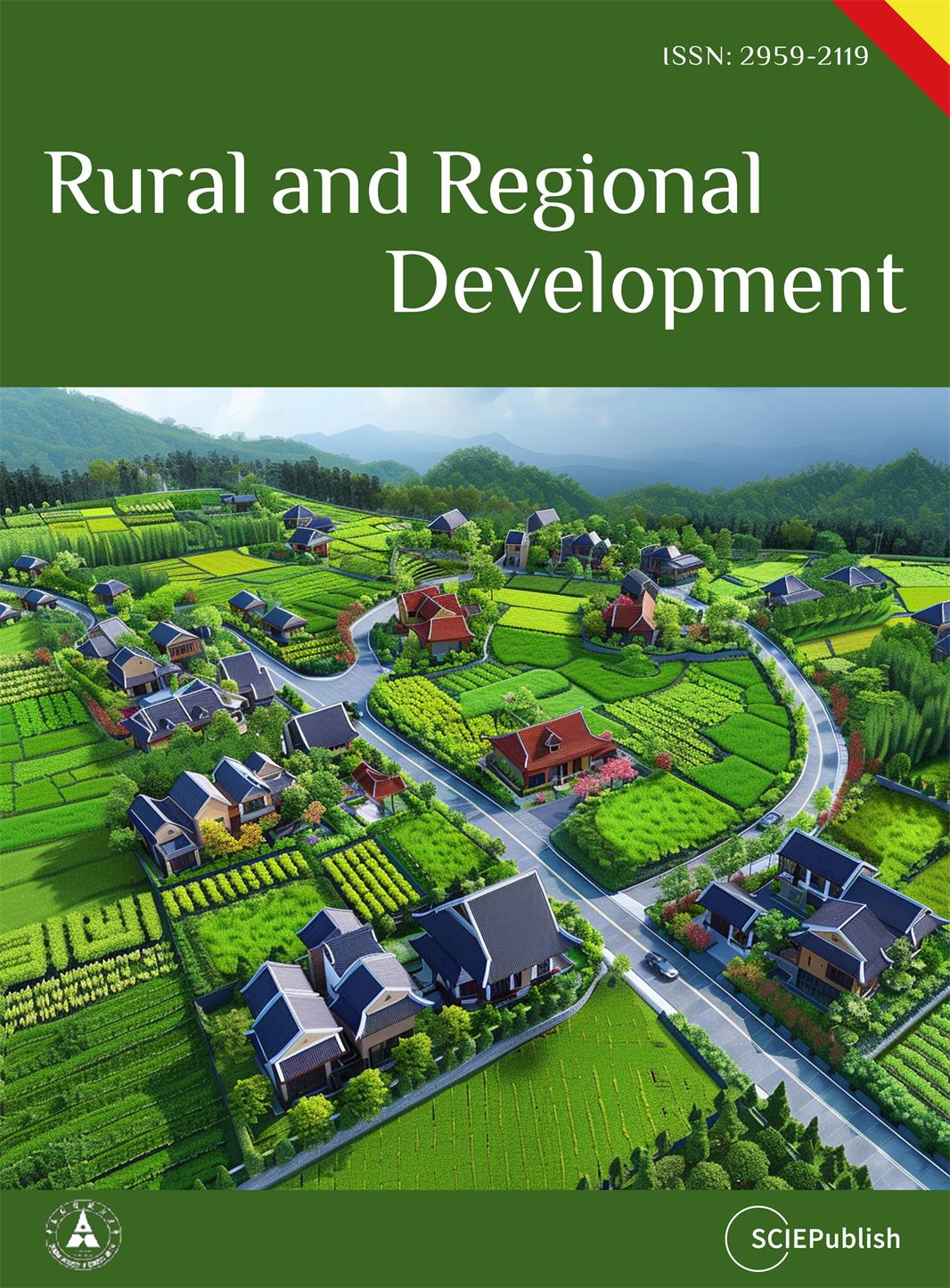The COVID-19 pandemic starkly exposed vulnerabilities
in global food supply chains, highlighting the critical need for resilient,
localized alternatives to ensure urban food security. Urban agriculture (UA),
which we define as all agricultural output occurring in cities with an
urbanization rate exceeding 85%, emerges as a pivotal strategy to mitigate such
risks by shortening supply chains, particularly for perishable goods like
vegetables and fruits. This study investigates the underexplored role of UA in Guangdong
Province, China—a region characterized by rapid urbanization, high population
density, and economic dynamism- to assess its contribution to food
self-sufficiency. Leveraging a novel classification framework, we categorize
Guangdong’s 21 prefecture-level cities into two groups based on an 85%
urbanization threshold (2017–2022), distinguishing high-degree urbanized cities
(e.g., Shenzhen, Guangzhou) from others. Using panel data, we analyze
spatial-temporal patterns in grain, vegetable, and fruit self-sufficiency
through geospatial and statistical methods. Key findings reveal pronounced
disparities: high-degree urbanized cities exhibit critically low grain
self-sufficiency, relying heavily on external supplies, while non-urbanized
regions achieve exceptional surpluses. Conversely, vegetables and fruits
demonstrate a center-periphery gradient, with peri-urban zones bridging the gap
between urban cores and rural surplus hubs. Despite incremental gains in UA
productivity, urban yields lag behind non-urban areas for grains and
vegetables, though fruit production shows convergence, underscoring UA’s niche
potential. These results highlight the indispensability of non-urban regions in
sustaining provincial food security while emphasizing UA’s role in fresher,
faster urban supply chains. We propose actionable policies, including: (1)
integrating farmland protection redlines with UA incentives (e.g., vertical
farming subsidies, peri-urban logistics optimization); (2) scaling
technology-driven UA (controlled-environment agriculture, digital platforms);
and (3) reducing post-harvest losses through urban-centric infrastructure. Our
findings advance the discourse on crisis-resilient food systems, offering a
replicable framework for high-density regions globally.
 Open Access
Open Access































